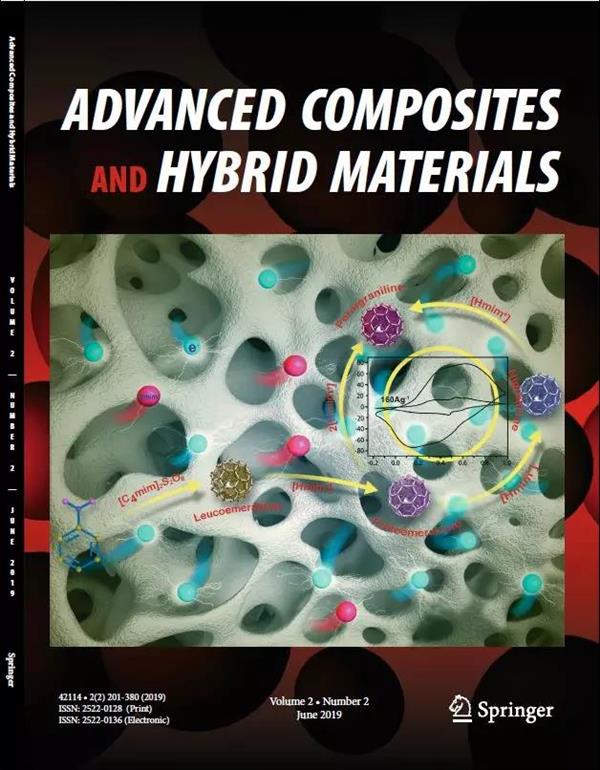Aramid nanofibers at ultralow loadings: driving significant multifunctionality in epoxy composite dielectrics
Abstract
Epoxy dielectrics with superior insulation, mechanical, and thermal performance are of great interest for electrical equipment and power electronics. However, integrating these excellent advantages into epoxy presents a formidable challenge. Herein, we detail a simple yet effective strategy for the concurrent enhancement of the dielectric breakdown strength, mechanical toughness, mechanical strength, and the glass transition temperature (Tg) of the epoxy dielectrics by incorporation of a minimal amount of aramid nanofibers (ANFs). It is revealed that a robust interfacial interaction is established between epoxy matrix and the high aspect ratio of ANFs as corroborated by both molecular dynamics simulations and dielectric relaxation spectroscopy. The strong interaction facilitates an optimized interface that enables efficient transfer of interfacial stress and energy dissipation, in turn conferring the ANFs/Epoxy with exceptional mechanical strength (up to 75.68 MPa) and toughness (195 MJ/m3) as well as high Tg (155 °C), respectively. Furthermore, the incorporation of ANFs introduces a multitude of deep traps which effectively impede the migration of charge carriers, contributing to a substantial improvement of the dielectric breakdown strength (196.8 kV/mm) of the ANFs/Epoxy composite, which is almost 4.1 times higher than that of epoxy.

 求助内容:
求助内容: 应助结果提醒方式:
应助结果提醒方式:


